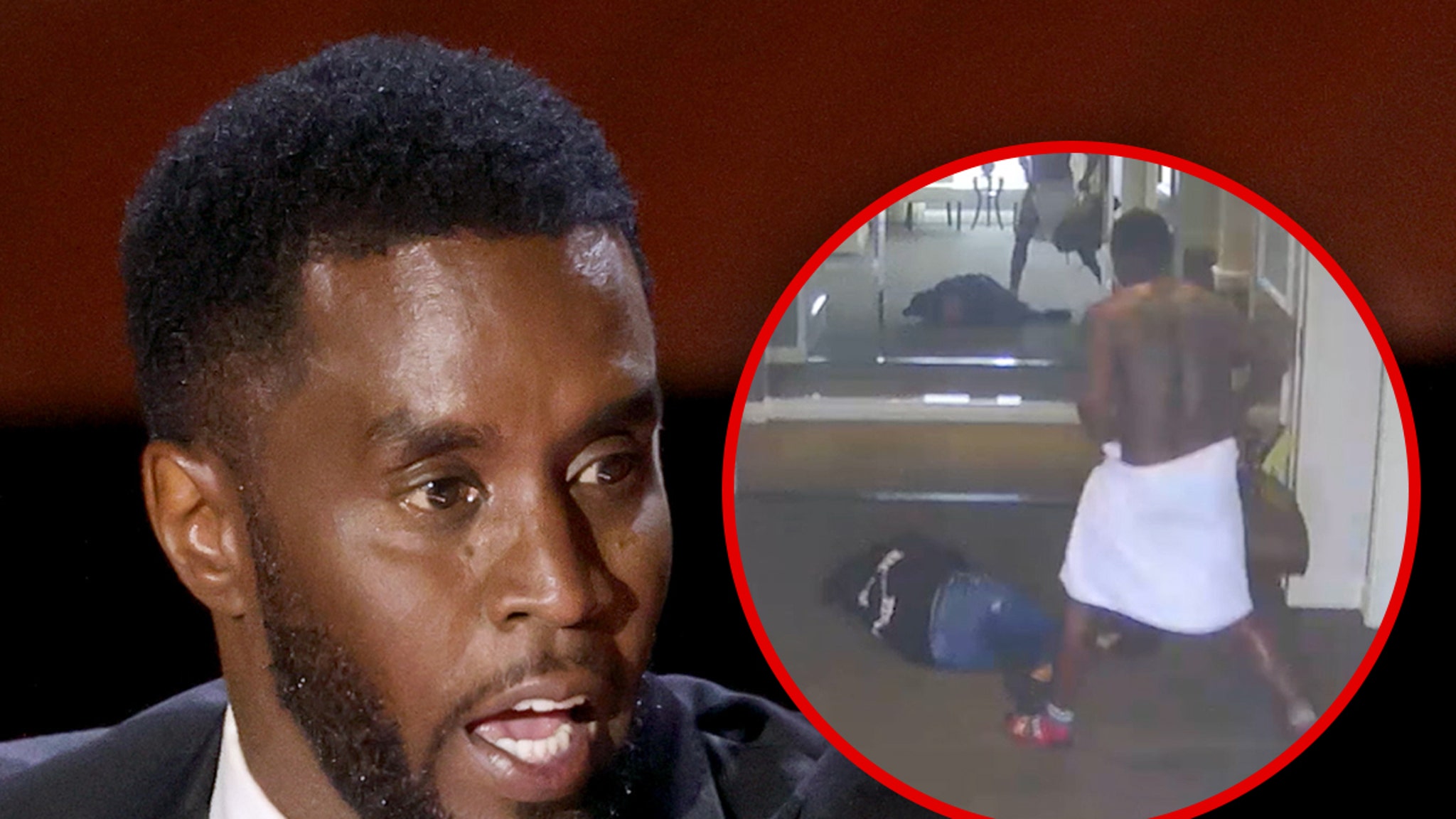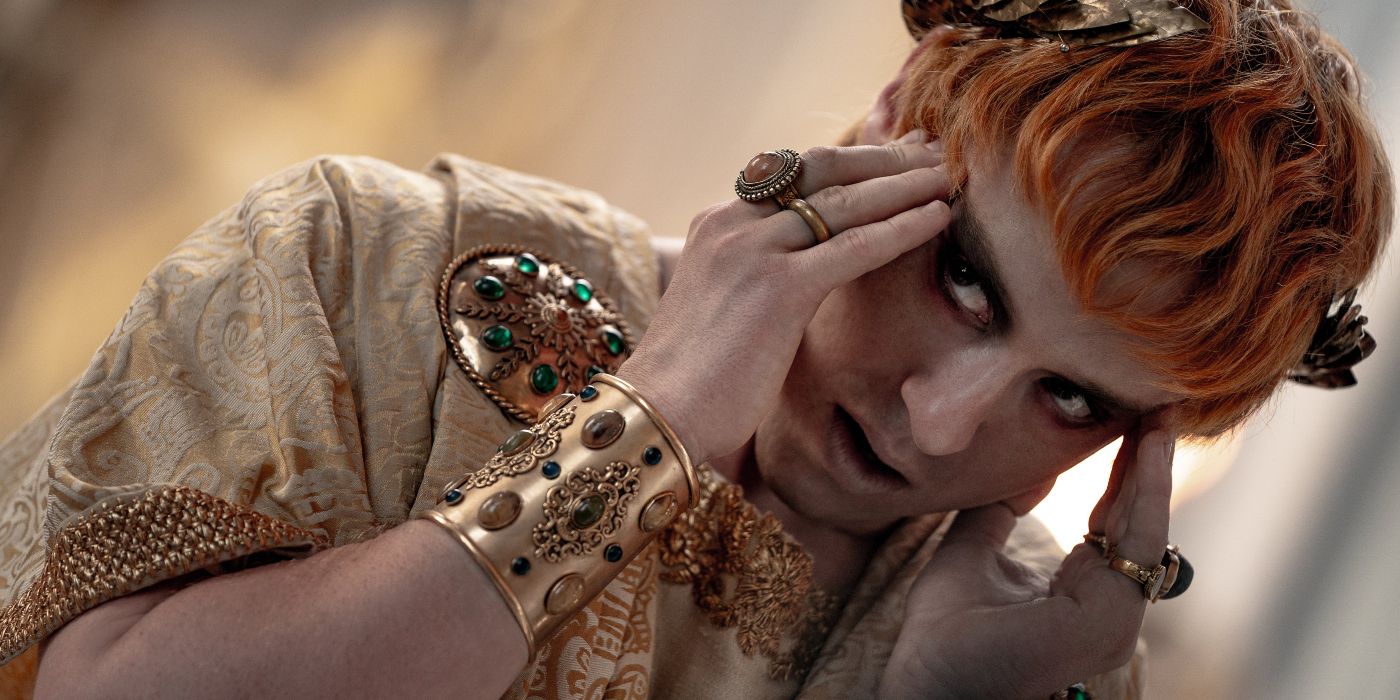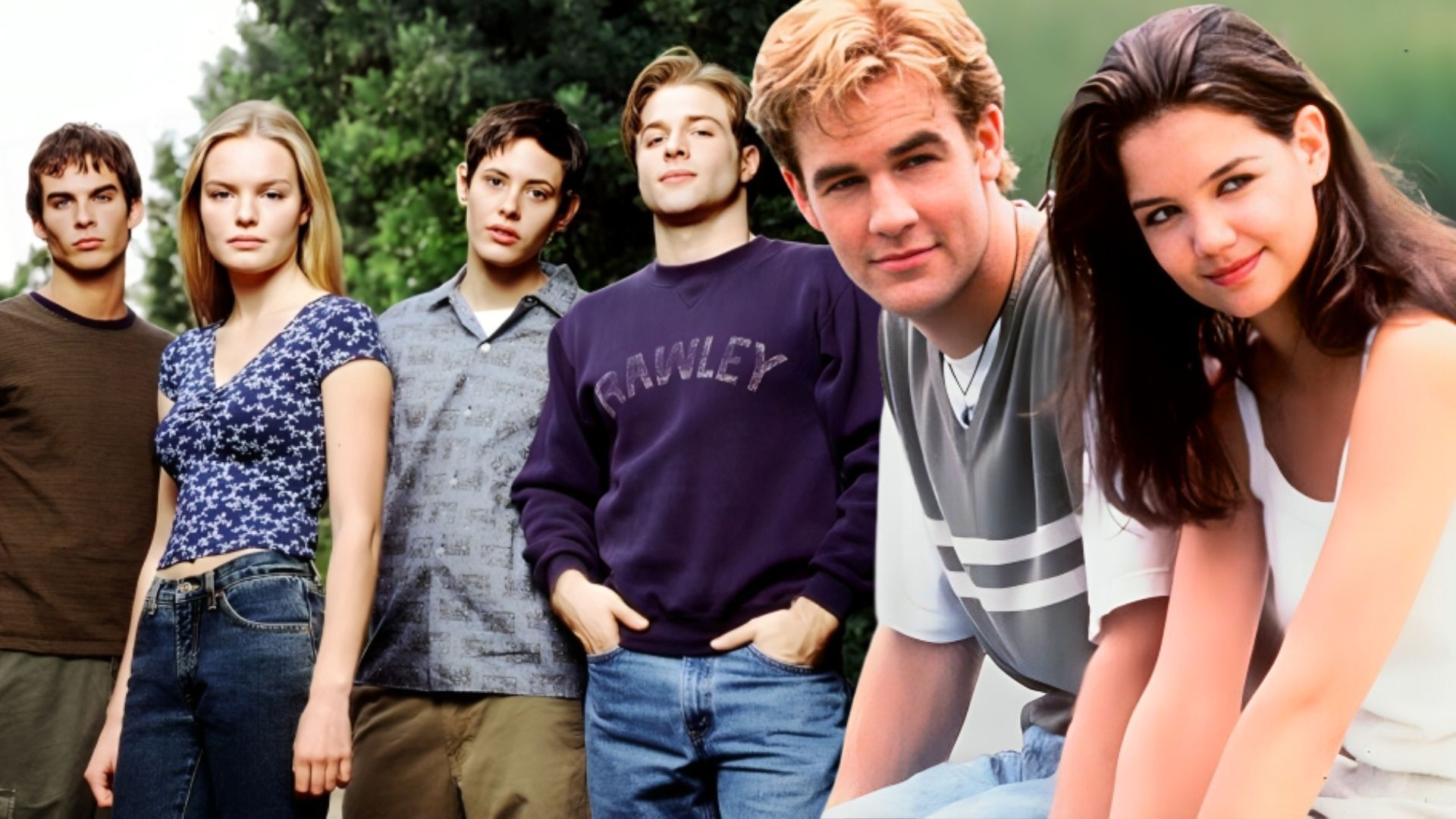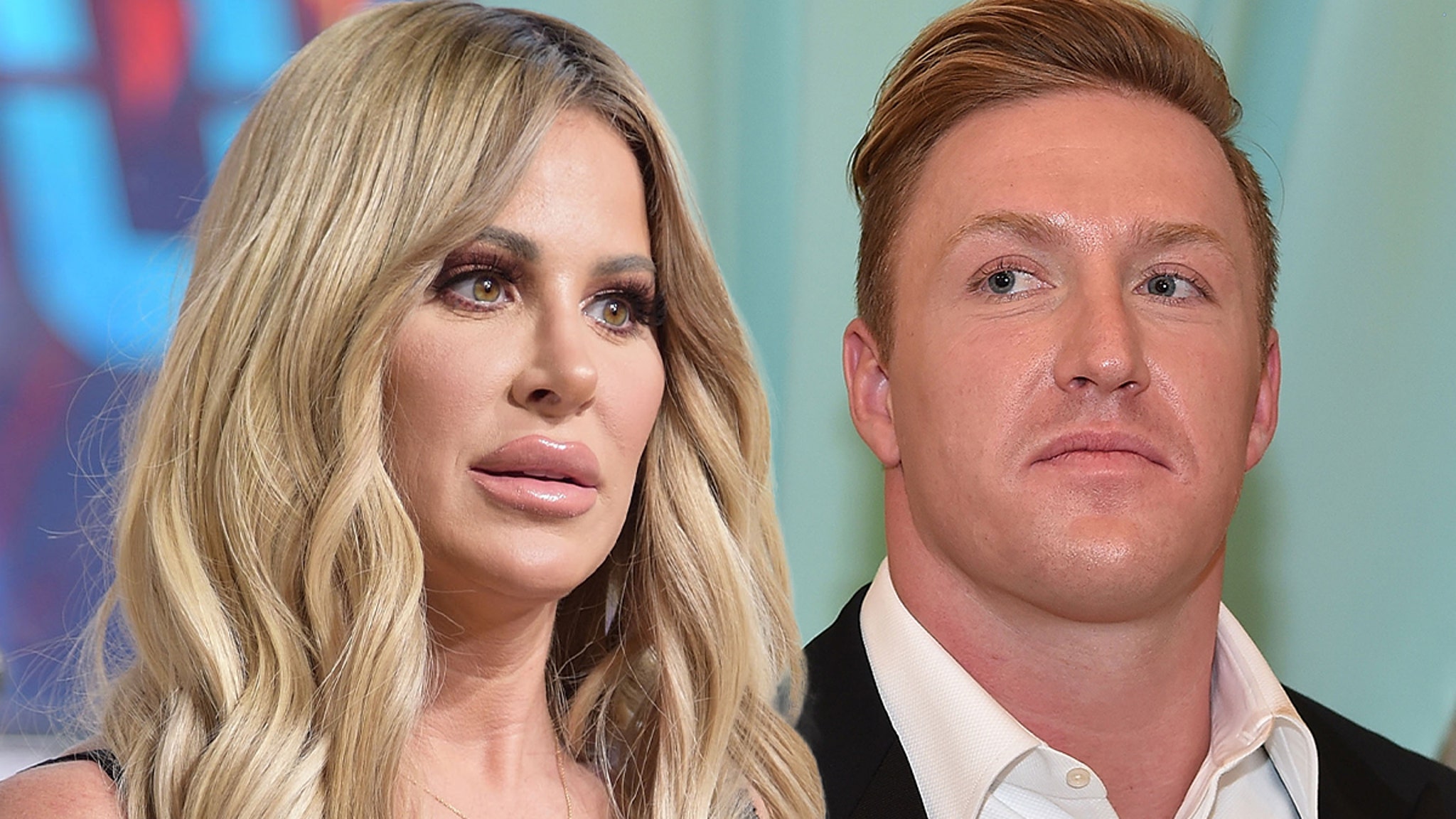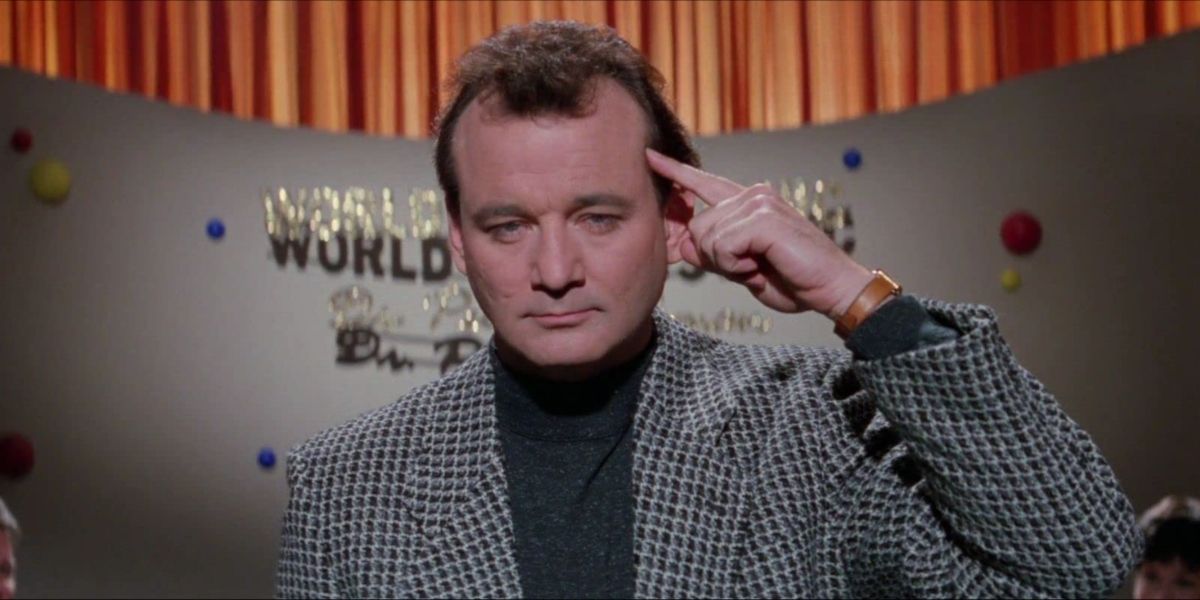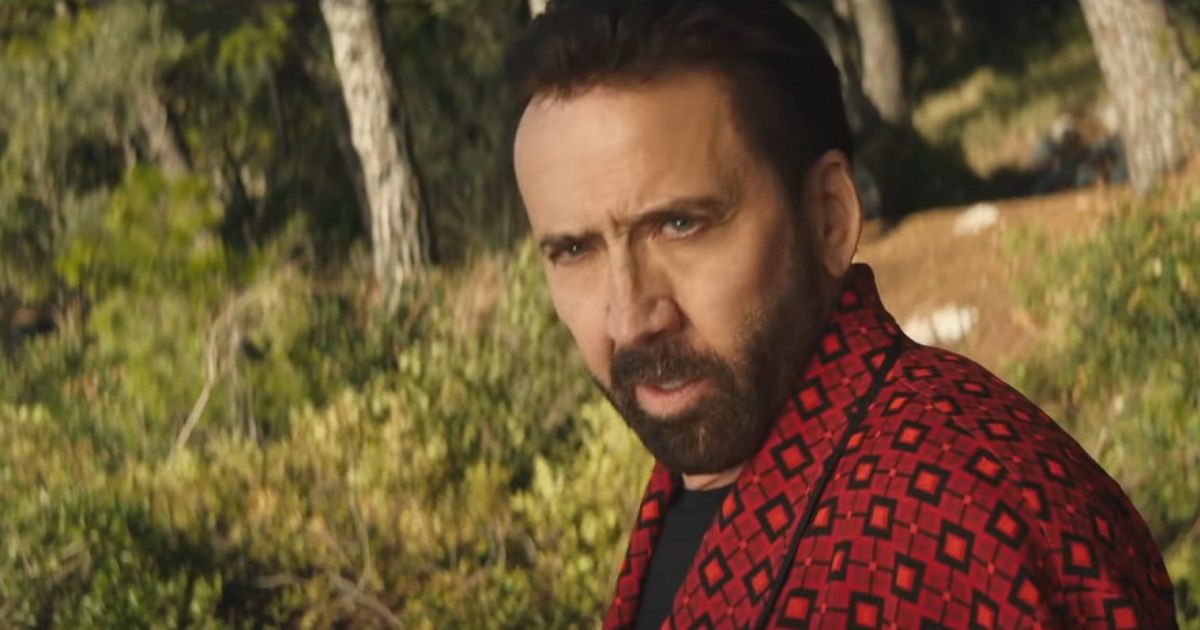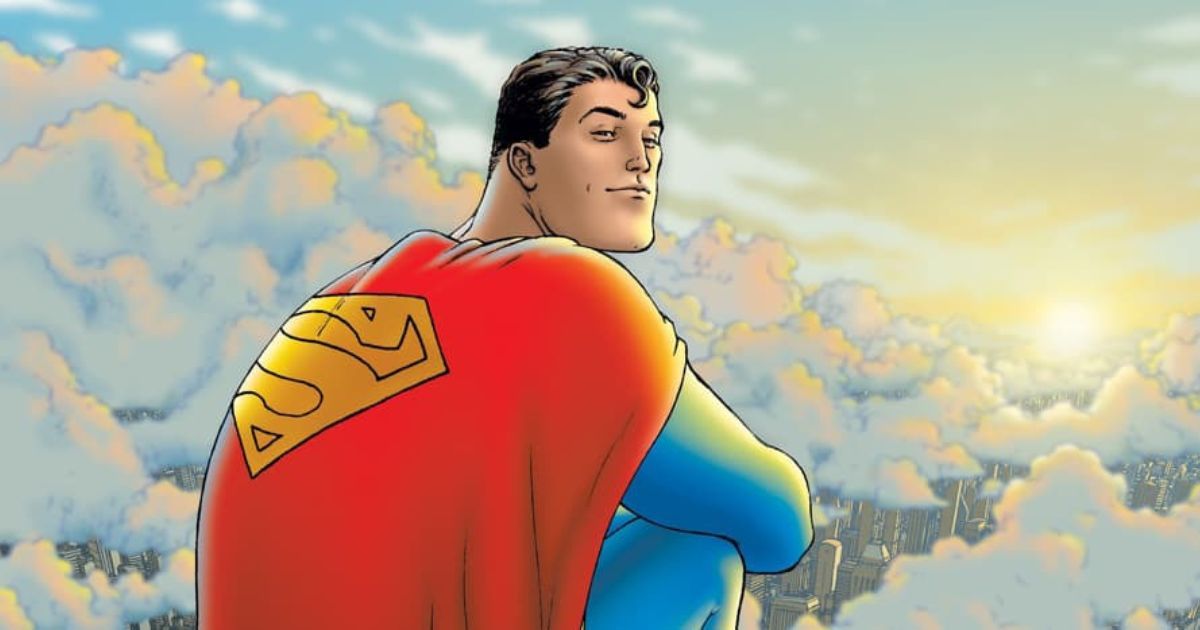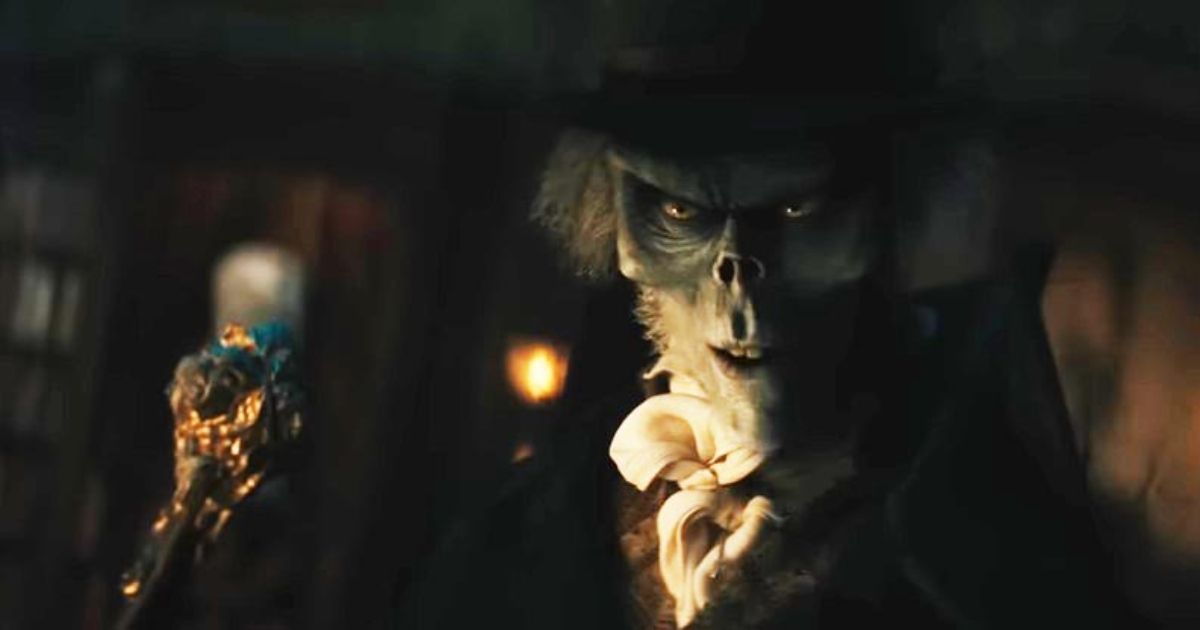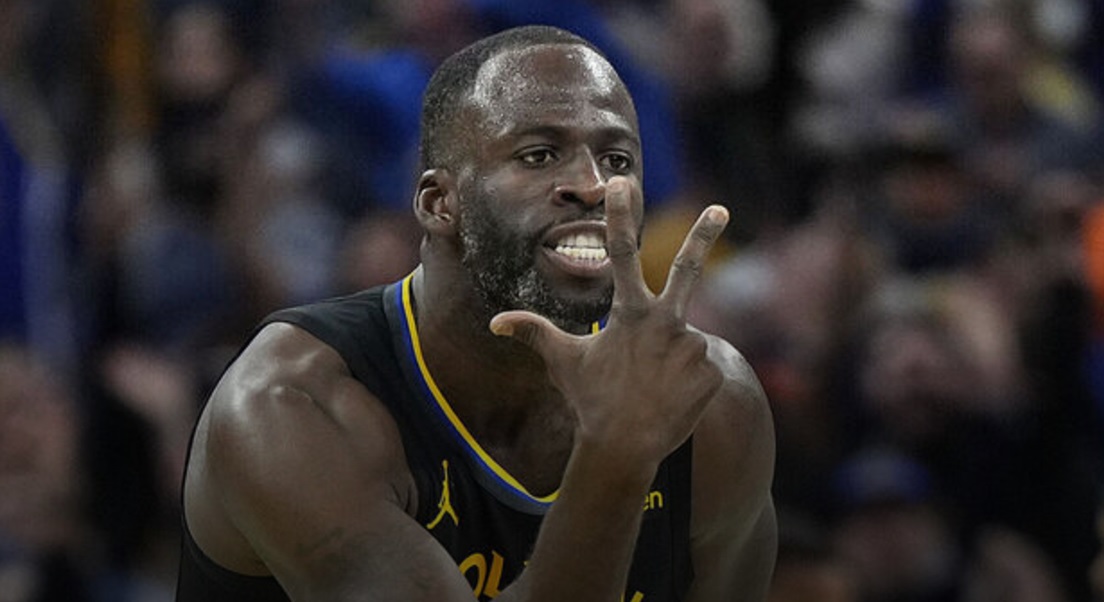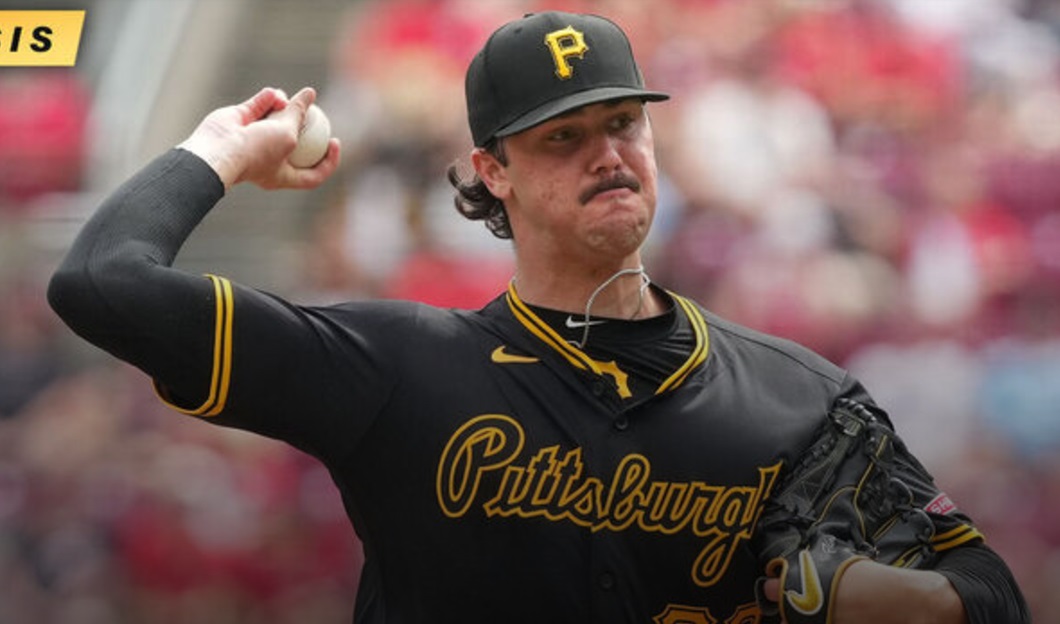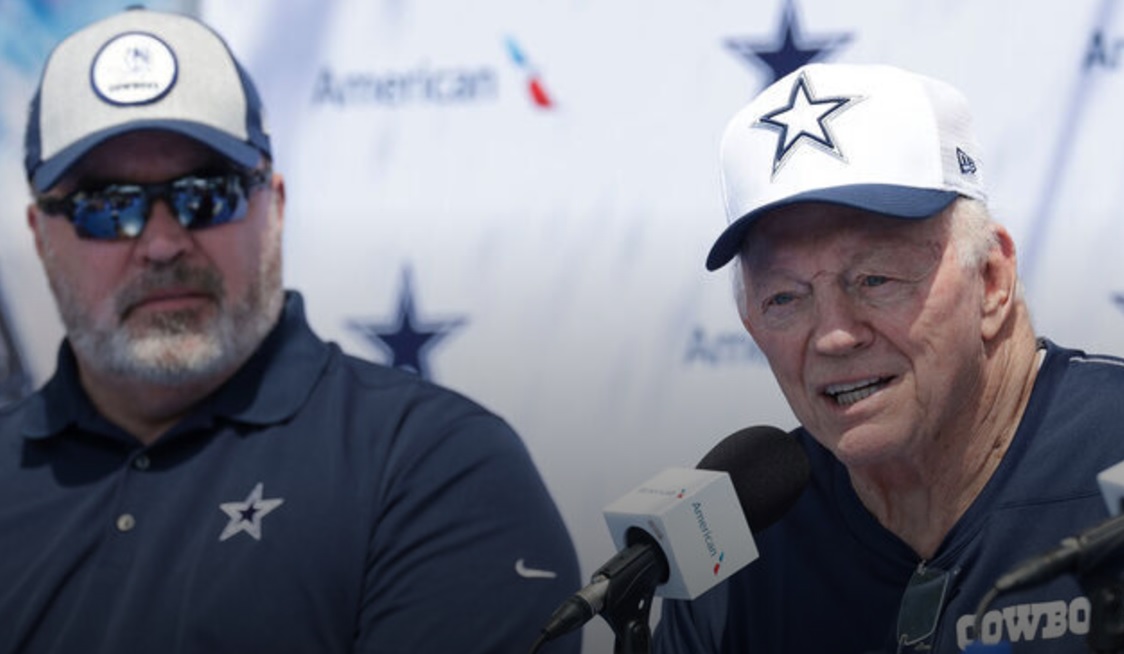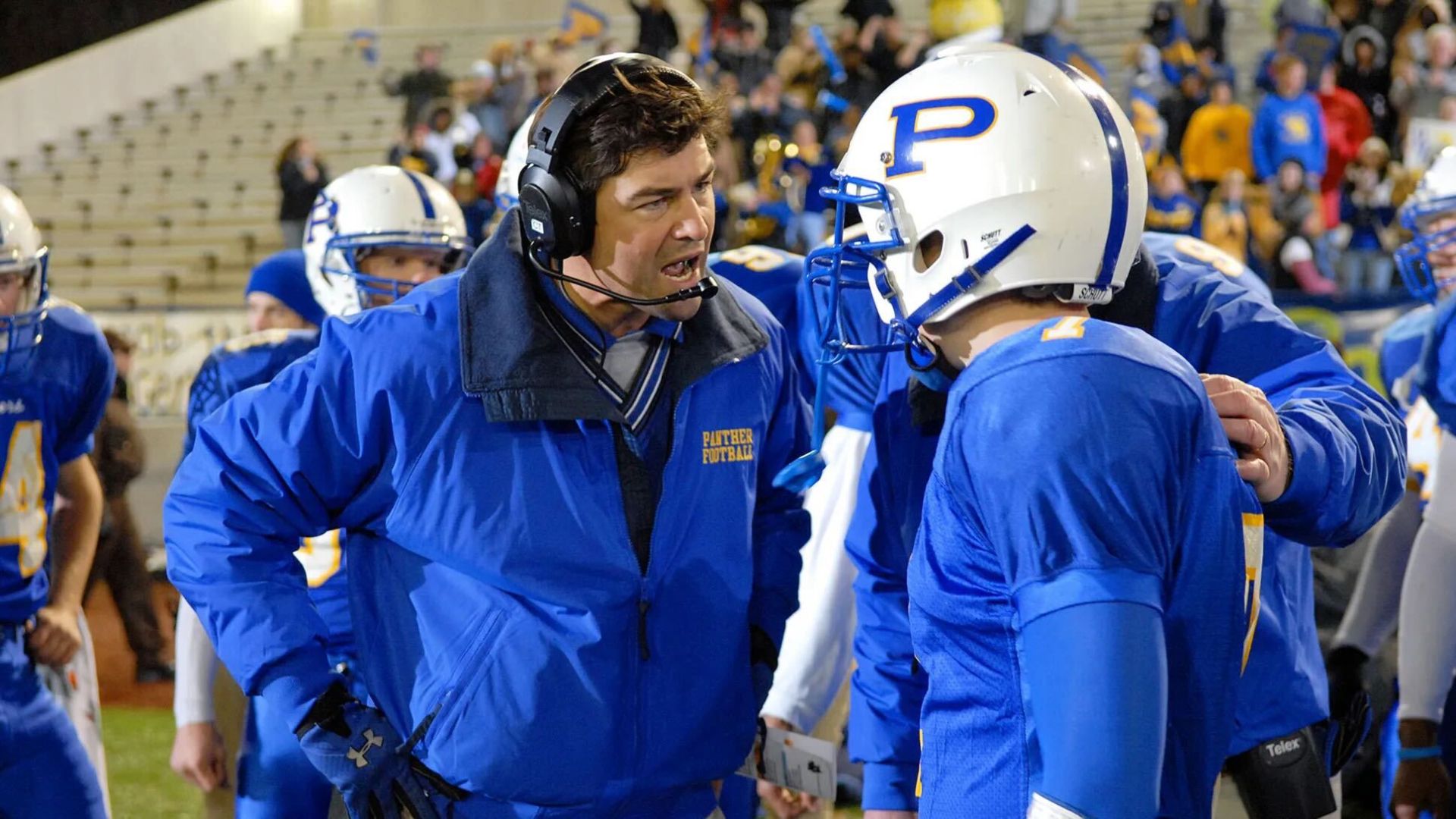The last half century, Bill Murray has cultivated a elder-statesman status among comedians, his dry wit and expert timing shining in films that not always deserved his presence. Does he do it out of the kindness of his heart, or does he really love doing favors? No, he’s just one of the easiest marks in entertainment. And after the third time or fourth time, you’d think he’d be more cautious.
You might think he doesn’t take it all that seriously, having dropped out of movies for a few years to study philosophy in France, and there might be some truth to that. Over the years, he’s shown a questionable selection process for vetting projects. The aloofness and detached personality you often see in his films aren’t a far cry from his real life it seems. On the set of Kingpin, he tossed aside the script handed to him and improvised most of his own lines on the spot. “More than any movie we’ve ever made,” Bobby Farrelly praised Murray, “it’s the one role where an actor just went off the page and created something incredible.”
Murray glides in and out of movie sets without much formality or premeditation, getting his best performances with next to no preparation. That easy-going approach to film-making has come back to bite him in the ass more than once, however.
What Are Friends for?
Columbia Pictures
Lured back into the jumpsuit of Peter Venkman for Ghostbusters 2 with a dynamite premise after a long hiatus from large roles, Murray appeared on set hyped. His hopes were dashed, discovering too late that the new script was not the same story he was promised. “I showed up on set and went, ‘What the hell is this? What is this thing?’” he joked in a virtual interview at the 2021 Santa Barbara Film Festival (via Collider). “But we were already shooting it, so we had to figure out how to make it work.” The show must go on — and so it did, the snafu possibly explaining why he grew to despise his long-time friend, Ghostbuster writer, Harold Ramis for the last 15 years of Ramis’ life.
It wasn’t an isolated incident. A decade or so prior to the Ghostbusters sequel prank, Ramis had inadvertently placed Murray in a similar position, writing an inevitable scene in which his character Carl Spackler meets Chevy Chase’s Ty Webb in Caddyshack. Ramis knew that audiences would want it, and wrote it without knowing the bad blood between the two actors. Out of the blue, Murray flew back from New York one day, coming face to face with his old enemy, Chase. To Ramis’ surprise, the two comedians were mortal enemies dating back to a fistfight on the set of Saturday Night Live.
This time they kept it civil, luckily. Both actors had grown enough since that dust up to keep filming professional. Throughout filming, he would commute from his Saturday Night Live gig to the Caddyshack site, making up his scenes on the fly without a hitch. “I was never told that they shouldn’t be on the set at the same time,” the executive producer said at the time (via Sports Illustrated), “but I think that they chose not to be on the set at the same time.” Ramis played off the whole thing as an accident, but Murray couldn’t have been pleased.
Hating Mondays Was Contractually Obligated
20th Century Fox
As is now common knowledge, Murray bumbles his way into these sorts of sitcom-grade misunderstandings on a regular basis. The most noteworthy blunder was when he signed up to star in the live-action Garfield movie out of simple lack of due diligence in the early-2000s. Reading the name of the director, “Joel Cohen,” on the script, the Illinois native leaped at the opportunity of working with one of his fellow Midwestern showbiz royalty. Joel Coen, of the Coen Brothers, was one of two brothers behind Fargo, The Big Lebowski, and Miller’s Crossing.
Coen needed no introduction, but Murray probably should have asked around before signing on the dotted line. Understandably, he didn’t comprehend in the moment of enthusiasm that this writer named Joel Cohen wasn’t the one he thought, the writer in question was Cohen with an “H.” That initial meeting had to be incredibly awkward. And if that wasn’t odd enough, Murray then agreed to make a sequel despite his admission that the first movie was terrible. We still don’t know his excuse for A Tale of Two Kitties. The Irish are said to be immune to psychoanalysis, and Bill Murray probably explains why Freud came to this conclusion.
Related: Garfield Casting News Has Fans Wanting Bill Murray to Reprise the Role
What’s a Little “Aggressive” Litigation Among Friends?
Sony Pictures Releasing
The procession of indignation followed him. Adamant he disliked the script (which didn’t stop him from the Garfield sequel), he refused to star in any future Ghostbusters IP or movies. The idea of a cameo disgusted him, and he wanted no part of the Sony 2016 reboot to be helmed by Paul Feig. So, why did he eventually appear in the film, casually sitting around and looking disinterested? Anytime you need to ask questions like this, it’s obviously about money.
This time, Murray had a pretty good excuse why he got bamboozled into an underwhelming film role. The Sony top brass ordered to him to show up out of fear of being sued. The Sony leaks exposed the inner workings of the studio, dirty laundry and all. One such private exchange among the suits and pant suits, explains in alarming detail the plot to force Murray to appear in the film at the risk of “‘aggressive’ litigation counsel.” Under agreement, he also had to do a publicity tour for the film he secretly hated, the look of irritation is palpable on his face during some of those junket appearances.
Regardless of the constant gotcha moments, he’s fulfilled his end of the bargain, for better or worse. The thrill of spontaneity is what has driven his best work, and as a skilled improv actor, it’s the one thing he knows he does better than anyone else on the planet. Why does Bill Murray keep getting duped by writers, directors, friends, and executives? Because he’s Bill Murray.
You can view the original article HERE.

